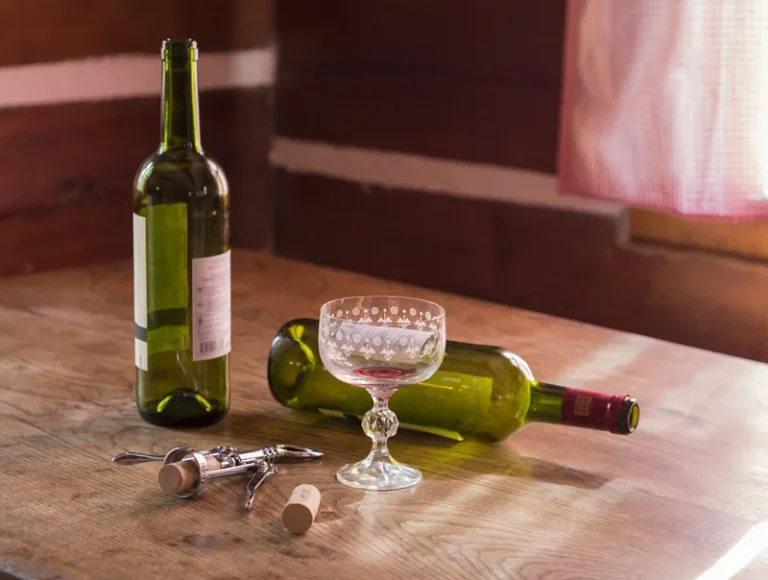Understanding Gender Differences in Stress Drinking

Women generally have a higher percentage of body fat and lower percentage of body water compared to men. This means that alcohol is less diluted in a woman’s body, leading to higher blood alcohol concentrations even when consuming the same amount as a man of similar weight. Publisher’s note Springer Nature remains neutral with regard to jurisdictional claims in published maps and institutional affiliations. The researchers were surprised that there was such a stark gender divide among the participants who didn’t receive alcohol for their first drink. What they found — As you might expect, all the participants who were exposed to the stressful situation consumed more booze than the control group. They had bar stools, a bartender, and allowed the participants — 105 men and 105 women — to intermingle.

Gender differences in college binge drinking: Examining the role of depression and school stress
Part of the problem in teasing out these risk factors is the research into alcohol use tends to be split along gender lines — most of it is in men. A recent analysis of alcohol companies’ Facebook and Instagram posts by researchers in the U.K. Participants completed an imagery script development session and were then admitted to a hospital research unit for a 3-night inpatient stay for participation in the 3 laboratory sessions. Given the importance of imagery ability for imagining the stress, alcohol cue, and neutral scenes, all subjects (both men and women) were given the Questionnaire of Mental Imagery (QMI; Sheehan, 1967) before enrolling in the study. Participants were included only if they scored an average of 3 or lower on the QMI across scenes, indicating that they saw the images at least “moderately clearly and vividly”.

International Journal of the Addictions
- Research staff was unaware of imagery condition and the content of the personalized imagery scripts assigned to each laboratory session.
- Participants were included only if they scored an average of 3 or lower on the QMI across scenes, indicating that they saw the images at least “moderately clearly and vividly”.
- Also, while previous research has shown that stress increases drinking behavior (Cooper et al., 1992; Lang et al., 1989; Marlatt et al., 1975; Sinha, 2001a; Tucker et al., 1981), few laboratory studies have assessed gender differences in the urge to drink following stress.
Further, alcohol intoxication can ultimately worsen the emotional and mental well-being of TGD youth. In a study of TGD university students led by myself and others, we found that they were at risk for a number of harms from drinking, including increased suicidal thinking and increased risk of being sexually assaulted (Dermody, Fahey, & Kerr, 2022). Some of these coping strategies can be empowering and strengthening, like seeking support from peers and TGD community members and obtaining gender-affirming interventions. One concern is that TGD youth may use substances to help them cope with the distress and impacts from minority stress, such as drinking alcohol. This week, her team published a study in the journal Psychology of Addictive Behaviors specifically looking at differences in who men and women use alcohol when they are under stress. Her findings suggest a key difference in how men and women consume alcohol — at least under certain conditions.

Changing the focus of college alcohol prevention programs
Understanding these differences is crucial for developing effective strategies to address alcohol-related issues and promote healthier coping mechanisms for both men and women. Long-term health consequences of stress drinking can be devastating for both genders. Chronic alcohol use can lead to liver disease, cardiovascular problems, and increased cancer risk. However, women may develop these issues more quickly and at lower levels of alcohol consumption compared to men.
Alcohol & Alcoholism
Cultural norms and their influence on stress-related alcohol use vary widely across different societies and ethnic groups. In some cultures, drinking is an integral part of social interactions and stress relief, while in others, it may be strictly Women and Alcoholism regulated or even prohibited. These cultural differences can significantly impact how men and women approach alcohol as a stress-coping tool.
